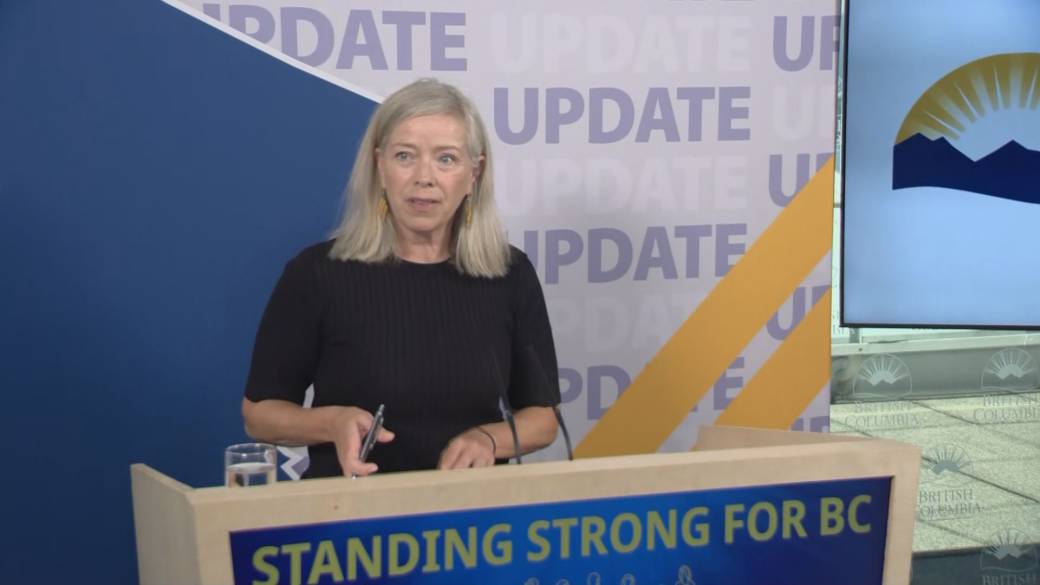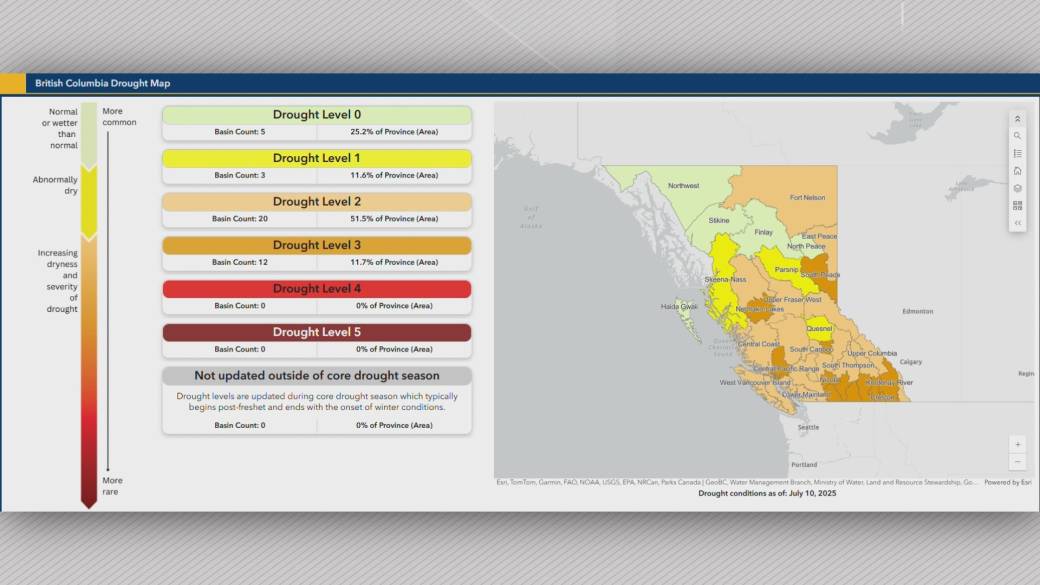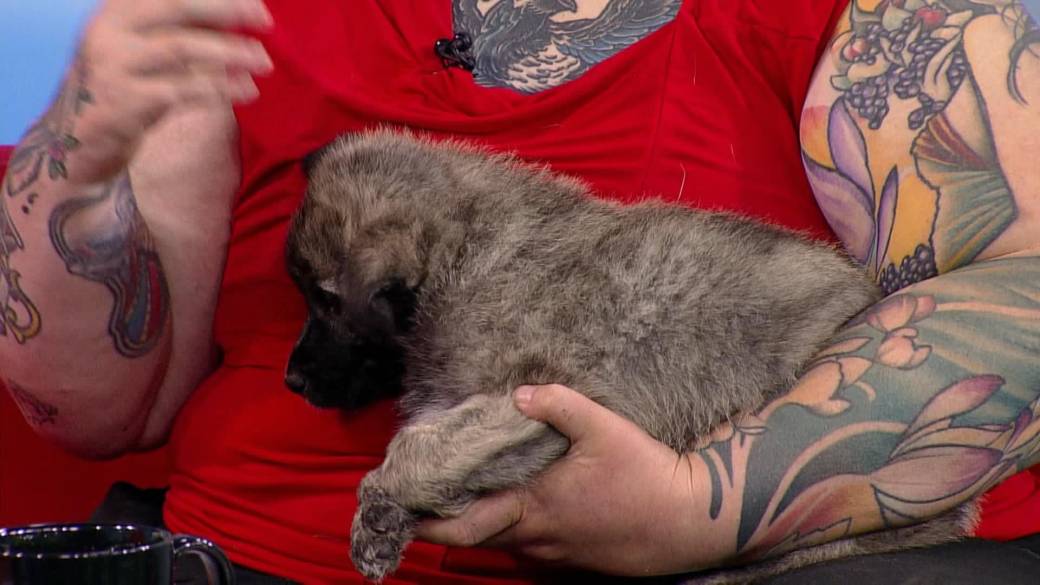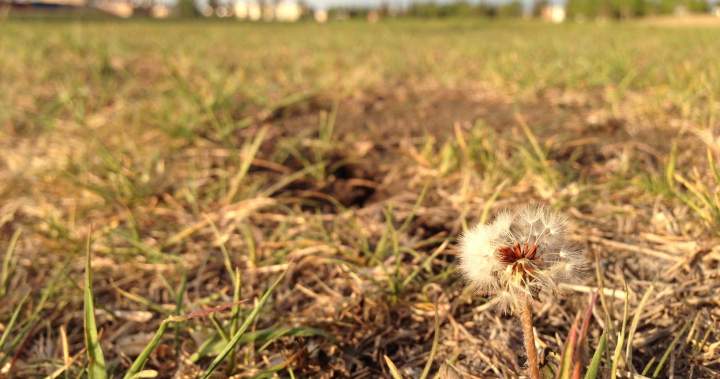B.C. will experience increased drought hazards this summer as much of the province remains dry.

The government provided an update on drought conditions on Monday morning, saying that while recent rainfall has been beneficial in some areas, particularly in the northeast part of the province, but other areas are worsening and streams and rivers are low.
Dry weather and water use is still the critical factor to the extent that drought will emerge this summer.
“We know how valuable water is,” Randene Neill, Minister of Water, Land and Resource Stewardship, said at a press conference.
“We find that voluntary conservation use works incredibly well… (people) do this on a voluntary basis, because they know it’s the right thing to do to avoid water scarcity through the summer.”

4:22
B.C. urges everyone to conserve water as drought conditions increase
Neill said that during the summer, 70 per cent of total water use in some areas is residential water use, which is why even small changes can make a big difference.
Story continues below advertisement
As of Monday, sixty-two per cent of the province is in a level two or three drought level, meaning increasing dryness and severity of drought.

Get daily National news
Get the day’s top news, political, economic, and current affairs headlines, delivered to your inbox once a day.
No area of B.C. is above a level three at this time.
However, drought levels are trending towards higher levels in Southern B.C., according to the outlook provided by the provincial government.
“Early action can delay the need for more regulatory measures,” Neill said.
Five is the highest level on the drought scale.

0:49
B.C. provides drought update as hot, dry weather hangs over the province
Trending Now

Here’s why the Bank of Canada could be done cutting interest rates for now

Google kills ad fee in response to Canada removing digital services tax
Last week, the drought monitoring summary stated conditions had worsened in parts of the Southern Interior, as streamflows continue to decline.
“Saving water and responding to drought is a shared responsibility, and we know that early action can make a big difference, especially when we work together,” Neill said.
Story continues below advertisement
“The province is doing our part to ensure communities and farmers are prepared, and we are working with large water users to reduce their water use. This is especially critical in high-risk watersheds that support fish populations or are at risk of long-term harm.”
The B.C. government said it has also been working with First Nations, local governments, industry and agriculture businesses to manage water wisely and protect long-term security.
The government said temporary protection orders may be issued as a last resort if voluntary efforts are not enough to restore water flows and protect animals, fish and watersheds from long-lasting harm.

3:53
Adopt a Pet: Reminders for pet owners during summer heat waves
© 2025 Global News, a division of Corus Entertainment Inc.

